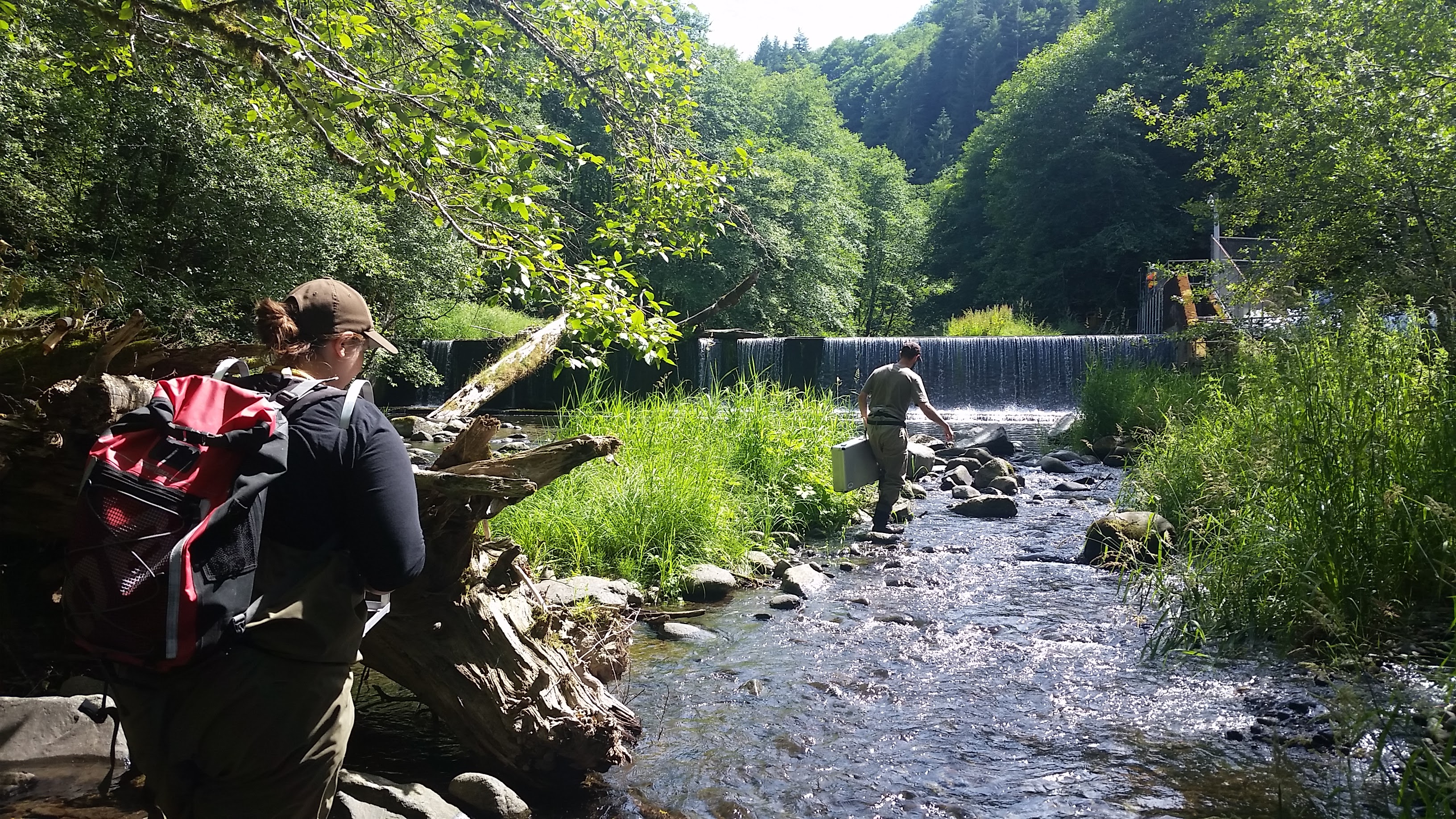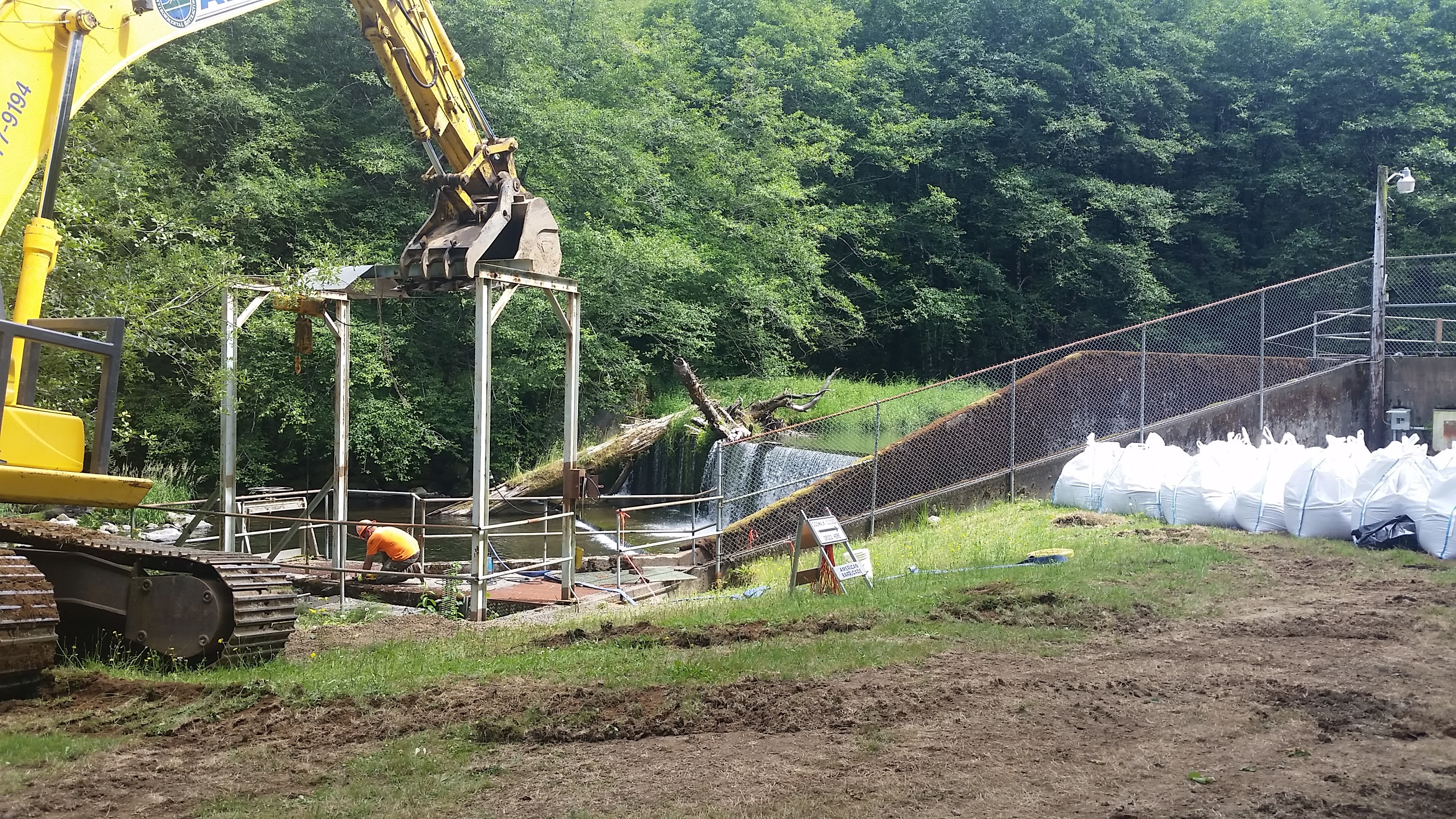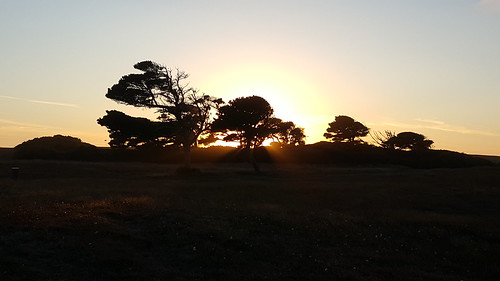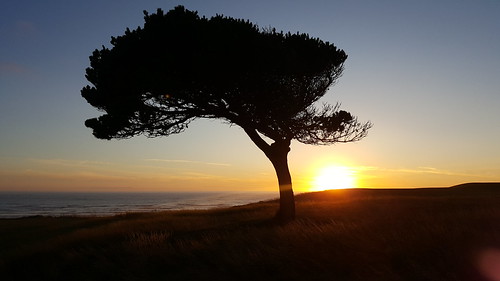The Buzz: Trask River Dam Removal & Netarts Bay UAV Flights
Trask River Dam Removal: 18 Miles East of Tillamook lies a small fork of the Trask River and the remnants of a very small dam. One day prior to the removal of the dam wall, I had the opportunity to tag along with Erik Suring (Project Lead for Salmonid Life-Cycle Monitoring, Western Oregon Fish Research and Monitoring Program and ODFW UAV pilot) as well as SEACOR’s resident UAV expert, Liz Perotti, to capture pre-removal aerial photography with UAVs. The dam was originally built in the 1970’s to support the operations of a hatchery/rearing pond co-located with the dam. Following recent studies on dams, fish ladders, culverts, and other barriers’ impact on fish passage (particularly anadromous fish or those that travel from salt to fresh water to spawn such as salmon and steelhead), dams across the country have been targeted for removal by State governments. Ideally, we will be able to return to aerially observe the “after” effects of the dam removal such as the movement of 40 years of built up sediment. Check back soon for a view of the final product!
Netarts Bay UAV Flights: It is easy to imagine flying UAVs being quite simple: you can automate their flight paths, algorithms keeps them stable in the air, and just about anyone can afford one these days. Now throw in a camera you have to stabilize and calibrate, prepare a specific mission to capture aerial photographs, work in a narrow low-tide window, anticipate daily weather, troubleshoot technical problems, ensure there are no people under your flight path, file a Notification to Airmen with the FAA, plan your landing/takeoff area, and… well, it gets complicated quickly to say the least. Camera settings need to be set: focus, ISO, shutter speed, aperture. Time of day has a massive impact on the quality of photos and unfortunately, opportune weather and good lighting rarely align with low tides. While our UAV is rated to fly in up to 40 mph winds and maintaining smooth video, flying in gusts while taking stills is much more difficult. During the UAV flights, we have several other concurrent tasks needing completion to ensure our UAV aerial imagery can be used for measuring: our GPS RTK ground-truth survey of the GCPs which are evenly distributed over our project area (~1km2) and the evaluation of randomly distributed quadrats for eelgrass, macroalgae, and clam shows. Each of these tasks have their own set of challenges. With each flight we conduct, I realize that the need for near-perfect conditions becomes more of a necessity than a hopeful wish. We shall see how our efforts panned out soon. In the meantime, I have plenty of computer processing tasks to be completed.
Next Week: Orthomosaics, Bathymetry RTK Surveys


























